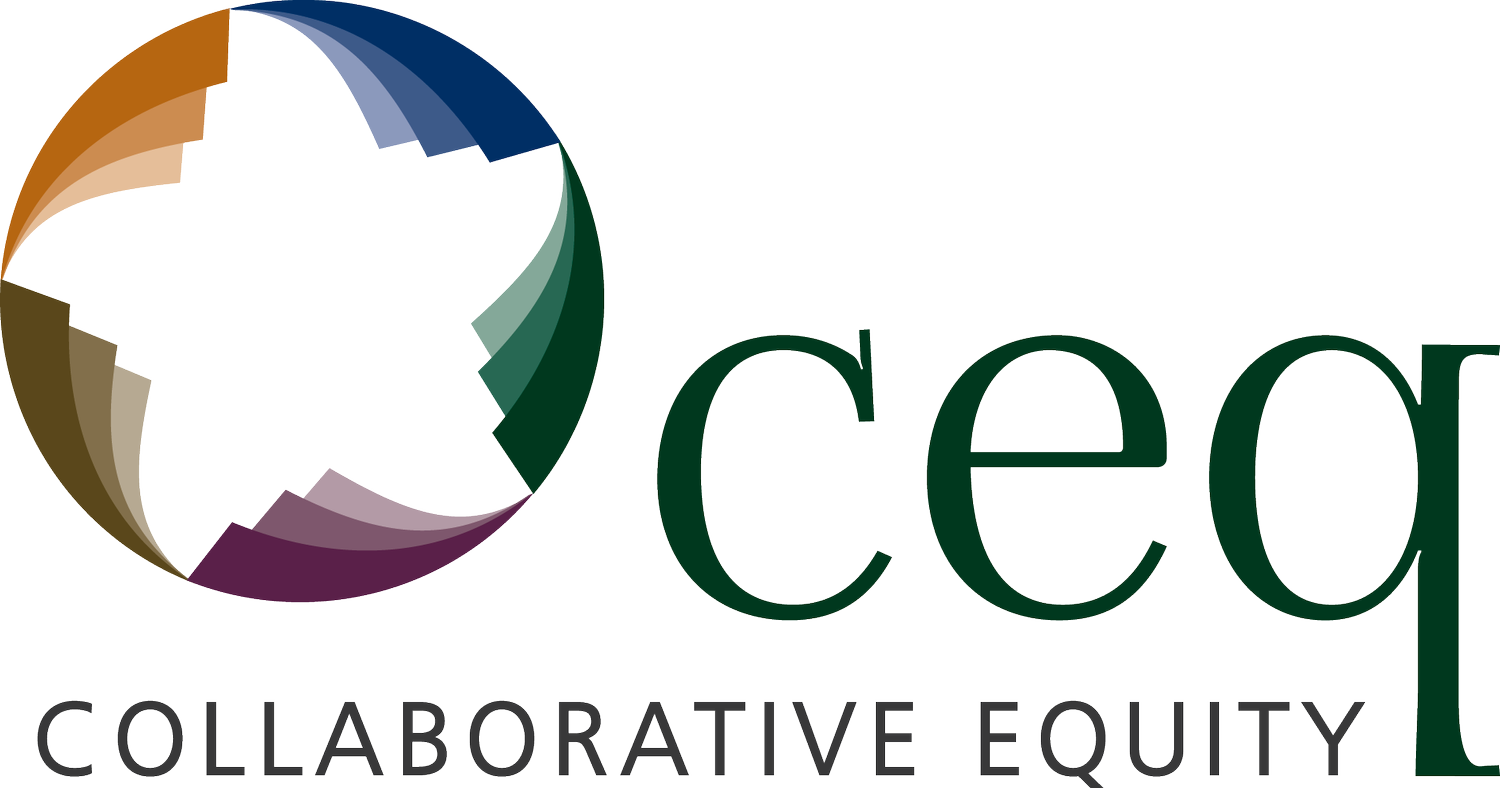The Empowerment Cycle
/Empowering a workforce is not a passive act of mere rhetoric. It is not sufficient to tell people they are empowered and then leave them in a vacuum to get on with it. Empowerment is defined as “the largest amount of voluntary and discretionary action in support of the company’s goals”. It is people proactively, and habitually, doing the right things at right time; people working out what’s needed and acting without instruction; people looking within the team for support, not looking upwards for answers.
It requires that we dismantle or at least ‘devalue’ hierarchies, replacing ‘command and Control’ structures with devolved power and authority.
The Cycle of Empowerment is:
Notice that the journey of Empowerment starts with people who have self confidence, so the leaders’ priority must be to build an environment that actively supports, encourages and develops self-confidence, creating cultures of ‘inspired commitment’ not ‘dispirited compliance’. How many leaders do you know who spend most of their time and effort focussing solely on building a culture whereby people can be self confident? How many do you know who’s (albeit unconscious) use of fear and control knock the confidence of employees at every turn?
Empowerment is not and cannot be a passive act in that we give something away and then have no control over what people do with it. We cannot simply trust that people will do the right things through some sort of telepathy. People need vast and consistent amounts of encouragement, licence and permission. Empowerment is not an act that we do to someone else – we cannot empower people, just as we can’t happy them.
It is our willingness and our growing ability to Coach that underpins empowerment. We have to change the historical and habitual conditioned behaviours and reactions in both managers and employees.
Coaching must become the predominant leadership style, with a directive style then becoming more selective, and thus more effective when used.
The real risk in all of this is that we fall into the trap of believing that one man, one woman cannot make a difference. But this is the convenient inertia that sustains the status quo. We have to believe, not that one man or one woman can change the world, but that we can change our piece of the world, right here, right now. And we have to be willing to go first – we have to be willing to lead.




